Almost 10 years have passed since 5th Cell developed the first version of Lock's Quest. The game was released for the Nintendo DS and, as is logical and usual, took advantage of the double screen and pencil playable level to construct turrets and walls, like any good tower defense that is worth. Also visually it was placed in the standard of the time that could be seen in the portable machine and, like the one who doesn't want the thing, almost a decade later, and taking advantage of the good reception that indies games and adaptations in this generation, the same studio bring s this fantastic game to the Xbox One.
Duration
The objective of the game, is to resist the hordes of enemies until the tenth, although the difficulty is very well leveled, doesn't mean that it will be a path of roses. The game has two levels of difficulty, normal and hard, and in the simplest you can prepare to be around 15-20 hours. The incomprehensible of all this, is that the game had multiplayer in it's original version and the study has opted to eliminate it in this one, and it's a pity, because this would have extended the useful life of the game.
In the first levels, you will hardly fail, but from day 4 it will be customary that you perish in the constant harassment of the machines of Lord Agony. To be successful you will have to have a thousand eyes and a capacity for reaction and decision worthy of praise, because as soon as you begin to have diverse buildings scattered around the stage, there will be situations in which choosing between defending, repairing or attacking will be the key to success . And it's that Lock, our protagonist, can't be everywhere and in hundreds of occasions you will be besieged from several points of the map. Protecting a main building is often the right decision, but centering too much on one point can result in flanking and knocking you down. So the key is to be on the move at all times and not to waste too much time in cabals.
Gameplay
To all this, the plot, characters and twists of the story, contribute to that we want to continue advancing to see what will happen next. The dialogues between the characters are constant, between each level of play and, although the longer conversation passages break the rhythm of play, they put us in context so that we don't lose the focus. The learning curve is also very well leveled, with three initial levels that exert the function of tutorial, followed by a couple of phases of soft intensity that connect with the following ones, of a level of difficulty that is becoming more and more steep with the inclusion of new and more dangerous enemies.
The most important section at this point, is that of the control system, precisely because it's a game adapted from a portable touch console. Here we have to applaud the study, because they have really gotten us to not miss the pencil, and with the controller, can carry out each of the actions available naturally. We can only assume that the grids of the board are very small and, with the smoothness and speed with which the selection stick responds, sometimes it's difficult to hit the first in the exact box in which you want to build.
Graphics & Design
It's solidity of performance also contributes to that the technical section doesn't go awry, as well as it's soundtrack, composed by epic scores that accompany the action of the hand at all times. The developer studio already did a good job when it first launched it, so basically they have focused on porting the code in the most optimized way possible, adapting the control system to the traditional pad with blissful solvency.
Conclusion
- Game: Lock's Quest
- Developer: Digital Continue
- Publisher: THQ Nordic
- Price: $19.99
- Size: 1.55 GB
- Release Date: May 30th 2017
- For More Info - https://www.thqnordic.com/games/locks-quest
- Purchase from Microsoft Store





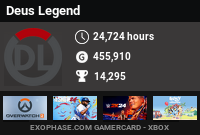
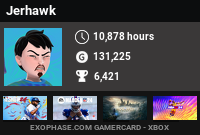
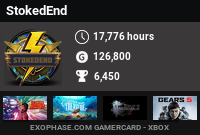
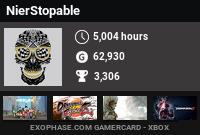
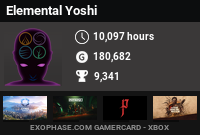







0 comments:
Post a Comment
Please be respectful and no spam.